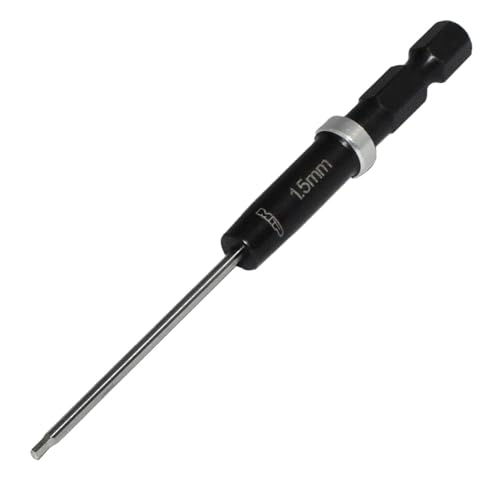
Choosing the right laser level can simplify your diy projects. It ensures precision and saves time.
Laser levels are essential for diy enthusiasts. They help achieve perfect alignment in tasks like hanging shelves or installing tiles. Picking the right one depends on your project’s needs. Consider the type—dot, line, or rotary. Each offers unique benefits. Dot lasers are great for basic tasks.
Line lasers work well for aligning items on walls. Rotary lasers are perfect for large spaces. Understand their functions to make the best choice. Also, learn how to use them effectively. Proper usage ensures accuracy and safety. Always read the manual. Practice a few times before starting your project. This way, you’ll get the best results. Achieve flawless alignment in your diy projects with the right laser level.
Buying Guide On How To Choose And Use A Laser Level For Diy Projects
finding the right laser level can make diy projects easier. Follow these steps to choose and use a laser level effectively.
1. Determine your needs
identify the type of projects you’ll be working on. Different projects may require different types of laser levels. Consider the scale and complexity of your tasks.
2. Types of laser levels
laser levels come in various types. Line lasers, rotary lasers, and dot lasers are common. Choose the type that fits your project needs. Line lasers work well for indoor projects. Rotary lasers are ideal for large outdoor areas. Dot lasers are great for smaller tasks.
3. Check features
look for key features like self-leveling, battery life, and range. Self-leveling lasers save time and reduce errors. Longer battery life means fewer interruptions. Consider the range based on your project size.
4. Read reviews
customer reviews provide real-world insights. Look for reviews from people with similar projects. Pay attention to both positive and negative feedback.
5. Set up your laser level
place the laser level on a tripod or flat surface. Ensure it’s stable. Turn on the laser and let it self-level if it has that feature. Adjust the height and angle as needed.
6. Use safety gear
always wear safety glasses. Laser beams can be harmful to your eyes. Ensure the work area is safe and clear of obstructions.
7. Mark your points
use the laser to mark points or lines on your surface. Follow the laser line to ensure accuracy. Double-check measurements before making permanent marks.
8. Store properly
after use, turn off and store the laser level safely. Keep it in a case to protect it from damage. Regular maintenance ensures long-term reliability.
Conclusion
Choosing the right laser level is crucial for successful diy projects. Begin by understanding your project’s requirements. Consider factors like range, accuracy, and ease of use. Always read reviews and compare different models. This helps in making an informed decision.
Once you have your laser level, practice using it. Familiarize yourself with its features and functions. Start with small projects to gain confidence. Remember to prioritize safety. Wear protective gear and follow manufacturer instructions. Proper maintenance of your laser level ensures its longevity.
Clean it regularly and store it safely. Doing so will keep it working efficiently. Using a laser level can make your projects more precise. It saves time and reduces errors. With these tips, you can enhance your diy skills. Enjoy the satisfaction of perfectly aligned projects.
Investing in a good laser level is a step towards achieving professional results in your home improvements.








Good https://is.gd/N1ikS2